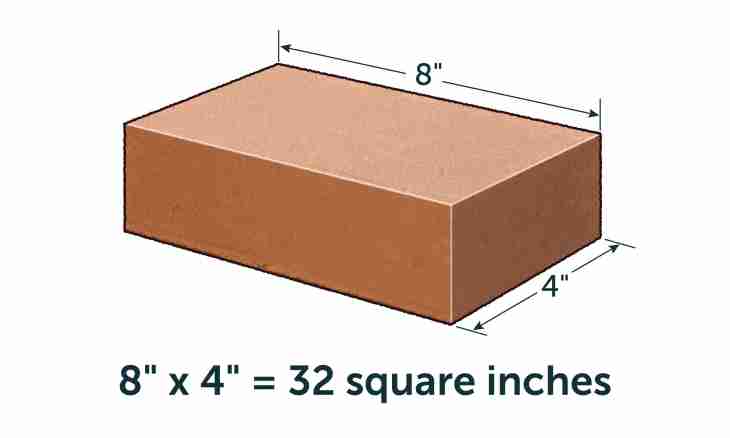The method of allocation of a full square of a binomial from a square trinomial is a basis of an algorithm of the solution of the equations of the second degree and also is applied at simplification of bulky algebraic expressions.
Instruction
1. The method of allocation of a full square is applied both to simplification of expressions, and at the solution of a quadratic equation which, in fact, is a trinomial of the second degree from one variable. Some formulas of abridged multiplication of polynomials, namely special cases of Newton binomial – a square of the sum and a square of a difference are the cornerstone of a method: (and ∓ b)² = and² ∓ 2 • and • b + b².
2. Let's consider application of a method for the solution of a quadratic equation of a look and • x² + b • x + with = 0. To allocate a binomial square from a square trinomial, divide both members of equation into coefficient at the greatest degree, i.e. at x²: and • x² + b • x + with = 0/and → x² + (b / a) • x + r/a = 0.
3. Present the received expression in the form: (x² + (2•b/2a) • x + (b/2a)²) – (b/2a)² + r/a = 0, where a monomial (b / a) • x it is transformed to the doubled work of the b/2a elements and x.
4. Curtail the first bracket into a sum square: (x + b/2a)² – ((b/2a)² – r/a) = 0.
5. Now there are two possible situations of finding of the decision: if (b/2a)² = r/a, then the equation has the only root, namely x = - b/2a. In the second case when (b/2a)² = r/a, decisions is the following: (x + b/2a)² = ((b/2a)² – r/a) → x = - b/2a + √ ((b/2a)² – r/a) = (-b + √ (b² – 4 • and • с)) / (2 · а).
6. The duality of the decision follows from property of a square root which result of calculation can be both positive, and negative while the module remains invariable. Thus, two values of a variable turn out: h1.2 = (-b ± √ (b² – 4 • and • с)) / (2 · а).
7. So, using a method of allocation of a full square, we came to a concept of a discriminant. It is obvious that it can be either zero, or positive number. At a negative discriminant the equation has no decisions.
8. Example: to allocate a binomial square in expression x² – 16 • x + 72.
9. ResheniePerepishite a trinomial in a look x² – 2•8 • x + 72 from where follows that components of a full square of a binomial are 8 and x. Therefore, its end requires still number 8² = 64 which can be subtracted from the third member 72: 72 – 64 = 8. Then initial expression will be transformed in: x² – 16 • x + 72 → (x - 8)² + 8.
10. Try to solve this equation: (x-8)² =-8
